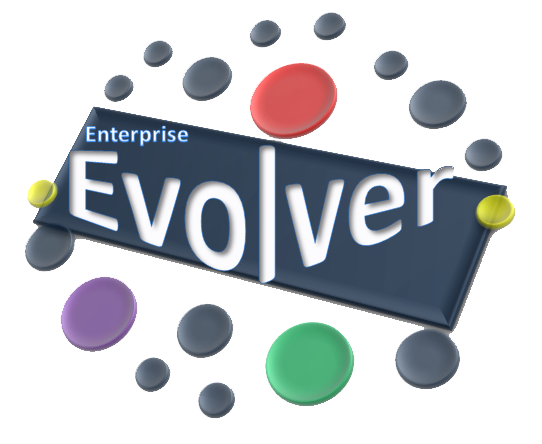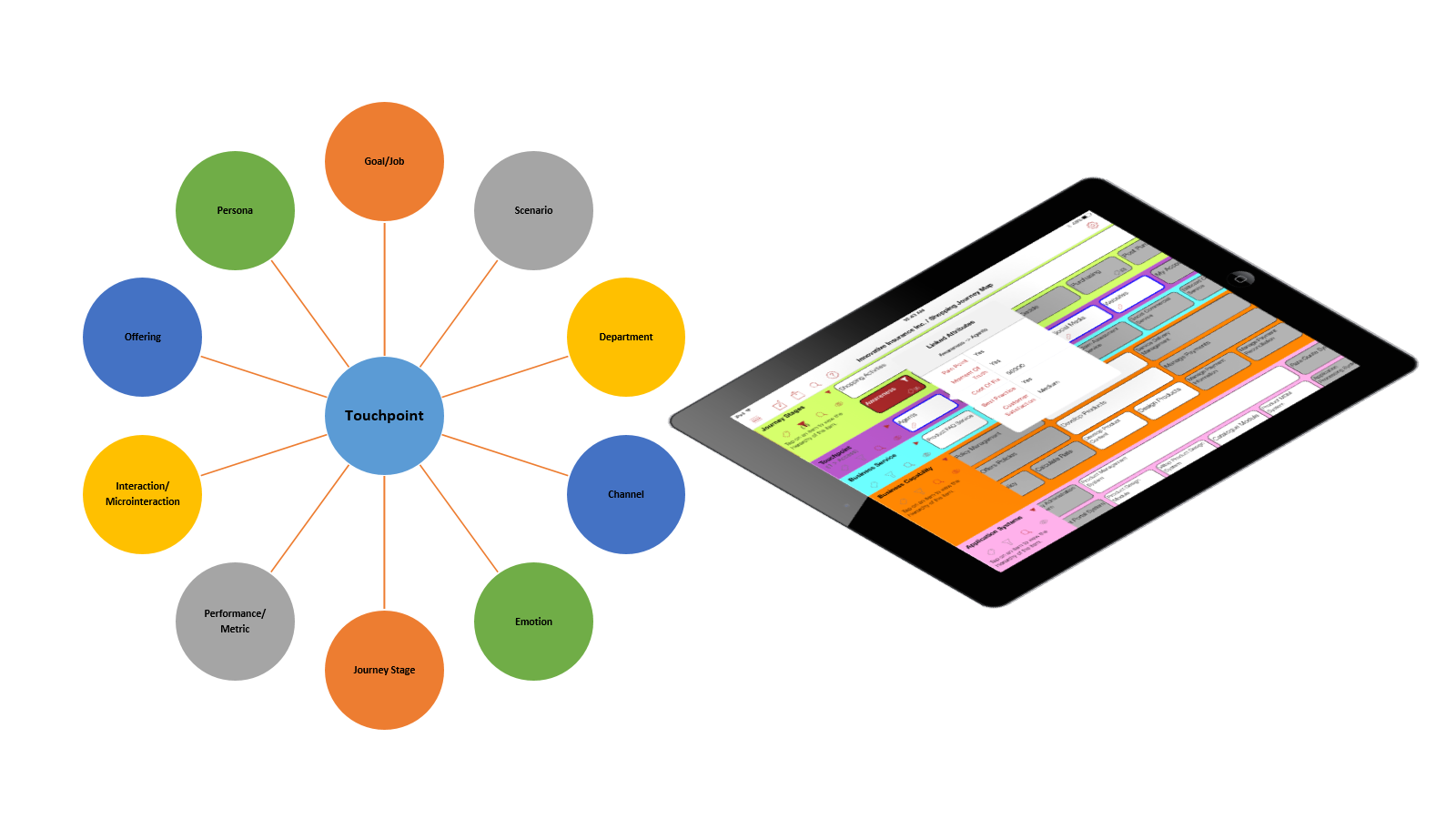This is a series of article focusing on outside-in architecture. These articles will dig into the outside-in blueprints, maps, methodology and the techniques available in Enterprise Evolver app to transform a business to more customer centric. This series would be very helpful for customer experience (CX) professionals, enterprise and business architects but also within marketing, customer service, product management, project managers and IT professionals. This is the first in a series of articles where I will focus on the customer journey mapping which is one of the key blueprint used for designing business from outside-in.
Customer journey map (aka experience map) is a strategic planning tool that provides a common understanding of:
- how customers are interacting with various touchpoints to reach their goals,
- what is their whole experience and
- what business parts (e.g. journey stages, customer goals & outcomes, needs, services, touchpoints, systems, business processes, people) goes into making up those interactions and experiences (e.g. rational and emotional part of experience).
Customer journeys are beginning-to-end activities (e.g. journey stages/phases) that customers perform to achieve a goal while shopping for a product or service they need through various touchpoints across many channels of your organization. Customers buy experience not product and often customer experience breaks down because most of the time organizations are organized in functional silos focusing individual touchpoints instead of the complete journey. Customer journey mapping provides an opportunity for business architect and customer experience (CX) professionals to design customer experience consciously from outside-in perspective with the focus of orchestrating and integrating touchpoints across journey.
Customers see one organization rather than a collection of dis-joined products, services, interactions and touchpoints. Build collaboration capabilities to orchestrate and integrate touchpoints to create the WHOLE experience.
Traditionally, a journey mapping exercise has been done through a tedious manual process on papers or using tools like spreadsheets and Visio. These approaches can be used in the early stage of journey mapping but as more parts of journey such as touchpoints are discovered , interactions are identified, services are designed and internal processes and application systems are identified then maintaining relationship between these various parts become a huge challenge to organization. The decision makers want to understand how various parts of journey and interactions that happened at touchpoints are related, coordinated and fit together to deliver customer experience and what organization capabilities are producing the customer outcomes.
According to one of Mckinsey’s report, journeys are more strongly correlated with business outcomes then the touchpoints. 
There are five key areas that must be considered in building incredible customer experience and to architect the business from outside-in:
- Journey Stages/Phases
- Touchpoints & interactions
- Journey Ecosystem (e.g. Services, capability, resources etc.)
- Business Capability Model
- Experience Initiatives & Projects
In the next few articles, we will dig deeper in all these key areas, so stay tuned!






